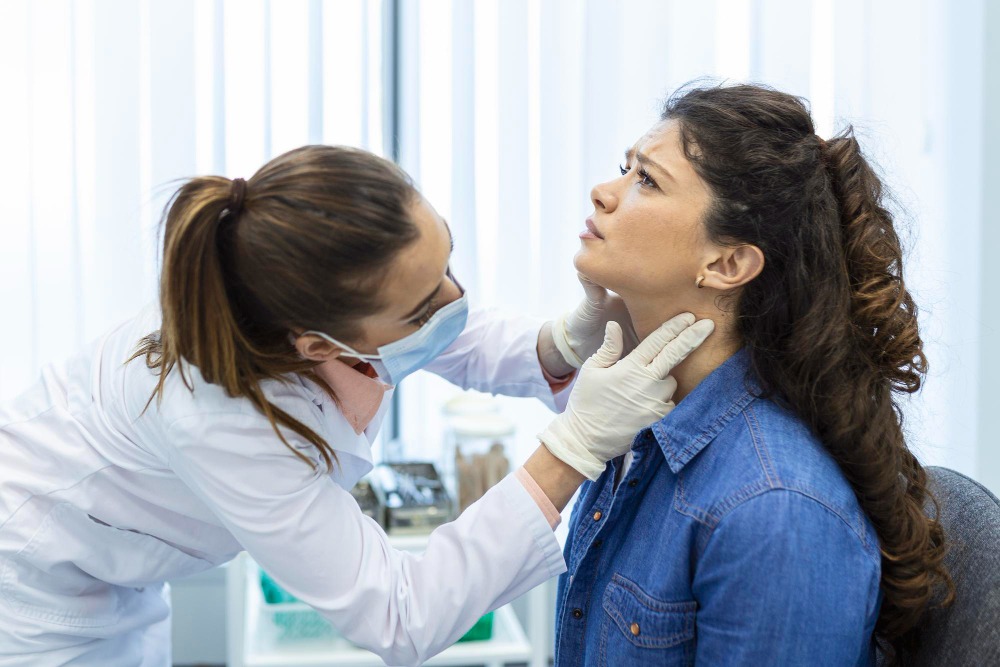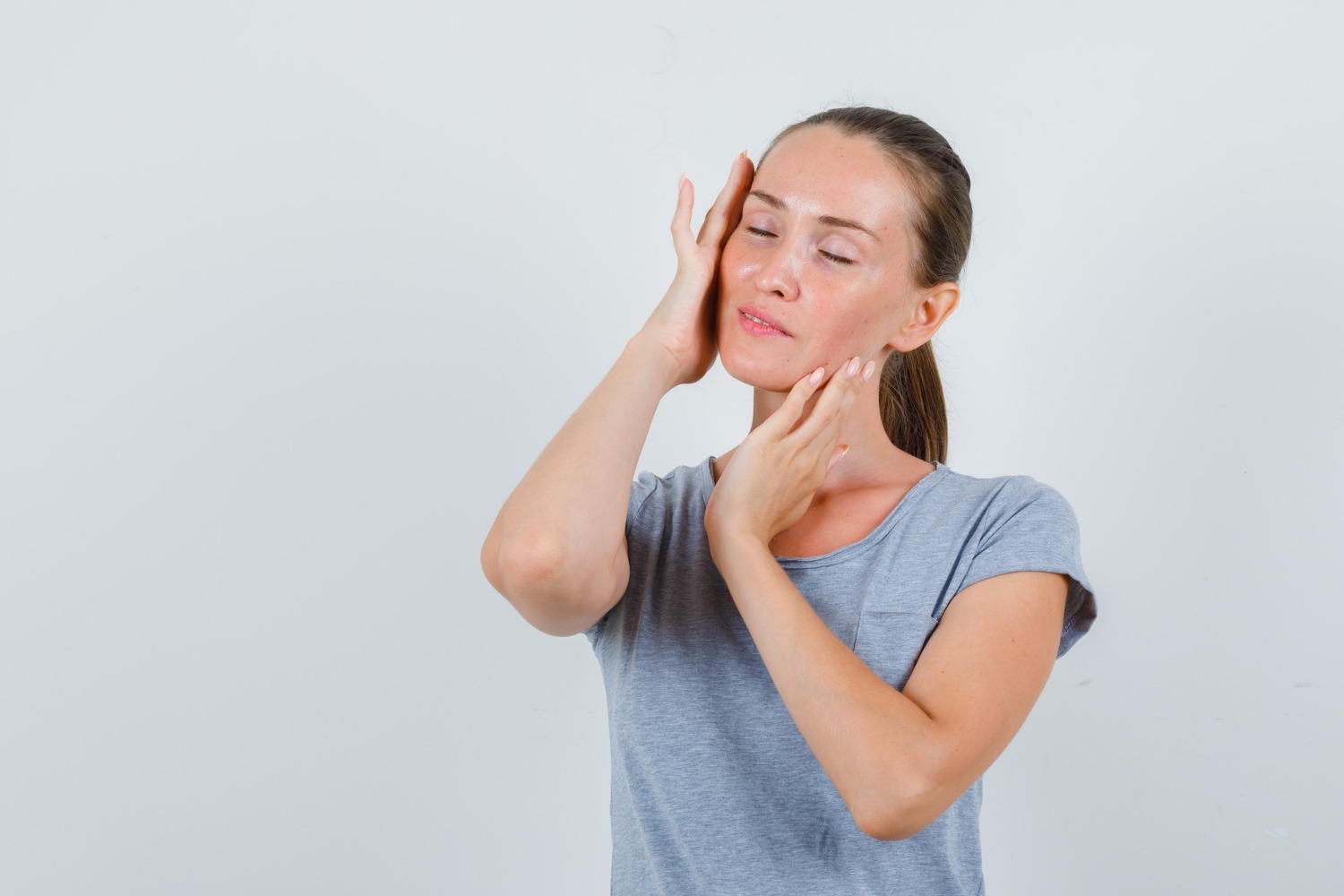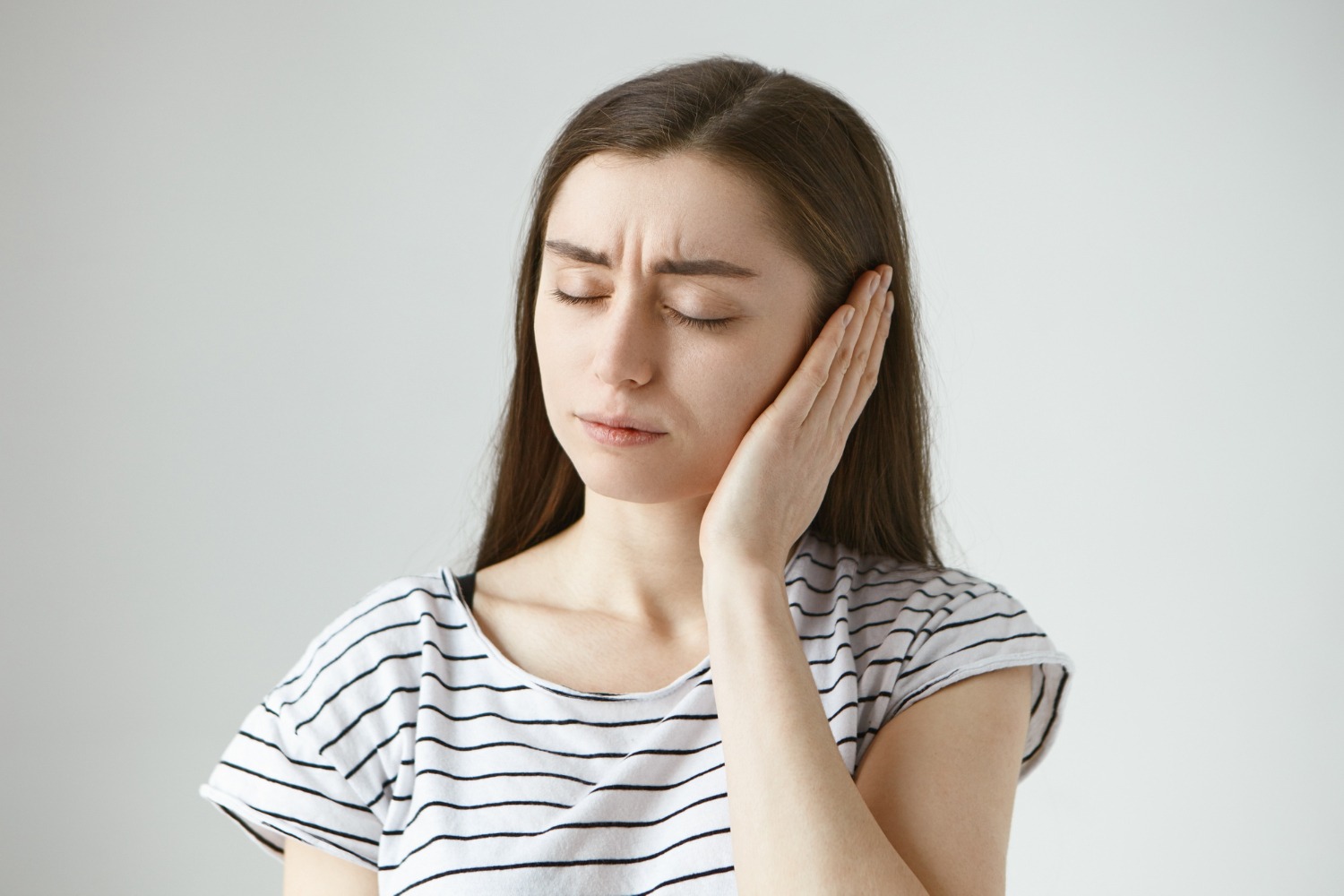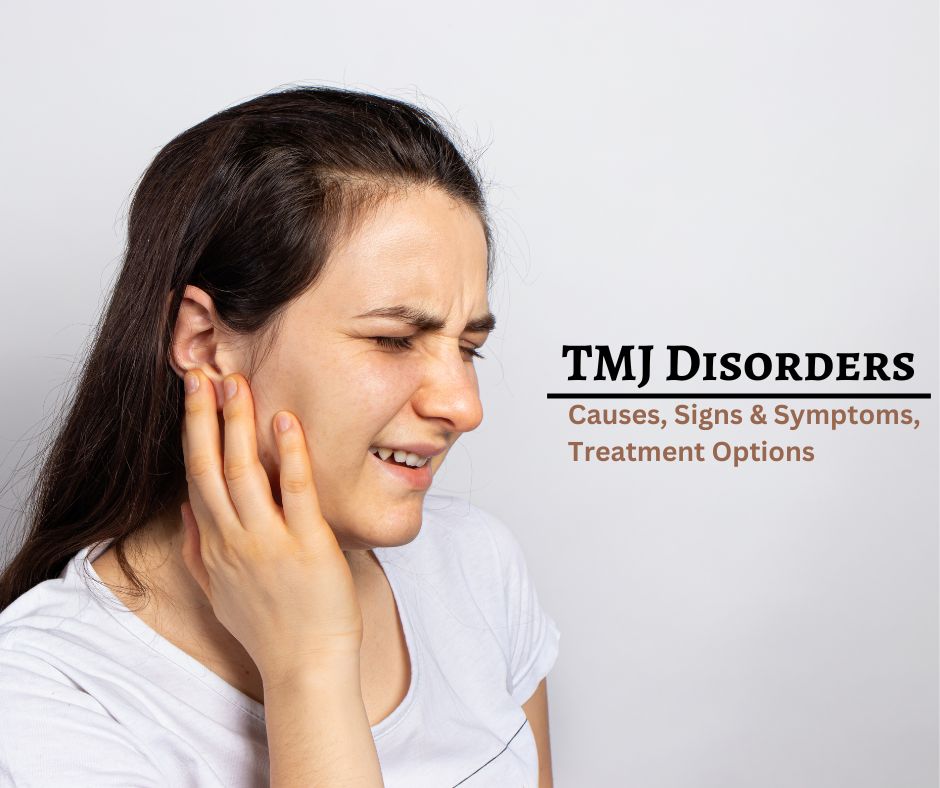
Understanding TMJ Disorders: Causes, Symptoms, and Treatment Options

Temp oro mandibular joint (TMJ) disorders are conditions that affect the jaw joints, muscles, and nerves responsible for jaw movement. Many people experience TMJ – related issues, often without realizing that their discomfort or pain is connected to this small but crucial joint.
What is the TMJ?

The TMJ is the hinge that connects your jaw to your skull, located just in front of each ear. It allows you to talk, chew, and yawn, making it one of the most frequently used joints in your body. When this joint or the surrounding muscles experience dysfunction, it leads to what is commonly referred to as a TMJ disorder (TMD).
What Causes TMJ Disorders?

There are several potential causes of TMJ disorders, including:
1. Injury or Trauma: A direct blow to the jaw, head, or neck can damage the TMJ or surrounding muscles.
2. Arthritis: Just like other joints in the body, the TMJ can be affected by various forms of arthritis, particularly osteoarthritis or rheumatoid arthritis.
3. Bruxism (Teeth Grinding): Grinding or clenching your teeth, especially at night, can put significant stress on the TMJ and lead to its dysfunction.
4. Stress: Emotional or psychological stress often leads to increased jaw tension, which can exacerbate TMJ pain or dysfunction.
5. Idiopathic: Very often, it is impossible to pin point the exact cause for TMD.
Common Symptoms of TMJ Disorders

TMJ disorders can present a wide variety of symptoms, often making diagnosis tricky. Some common signs include:
Jaw Pain or Tenderness: Persistent aching or soreness in the jaw joint or surrounding areas.
Headaches or Migraines: Pain may radiate from the jaw to the head, mimicking tension headaches or migraines.
Ear Pain or Ringing (Tinnitus): TMJ problems can sometimes be mistaken for ear infections due to pain near the ear.
Difficulty Chewing or Opening the Mouth: You may experience discomfort or even locking of the jaw when eating or yawning.
Clicking or Popping Sounds: Some people notice a clicking, popping, or grinding noise when moving their jaw. While this isn’t always painful, it can be a sign of TMJ issues.
Facial Swelling: In some cases, inflammation or irritation around the TMJ may cause noticeable swelling.
Common TMJ Disorders
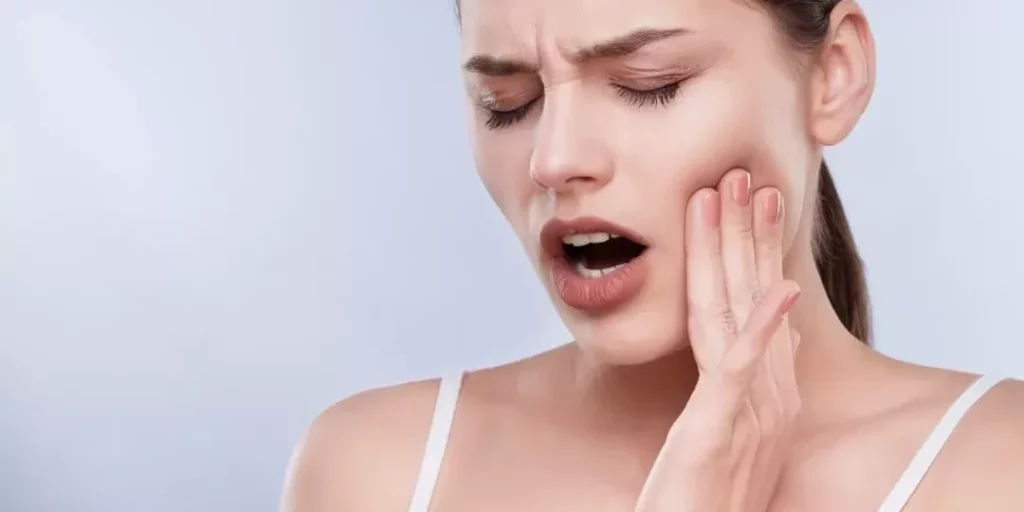
There are several conditions classified under TMJ disorders, including:
1. Myo fascial Pain: The most common type of TMD, characterized by pain in the muscles that control jaw function.
2. Internal Derangement: This occurs when there’s a problem with the joint itself, often involving a displaced disc or dislocated jaw.
3. Degenerative Joint Disease: Conditions such as osteoarthritis or rheumatoid arthritis can cause the TMJ to break down over time.
Treatment Options for TMJ Disorders
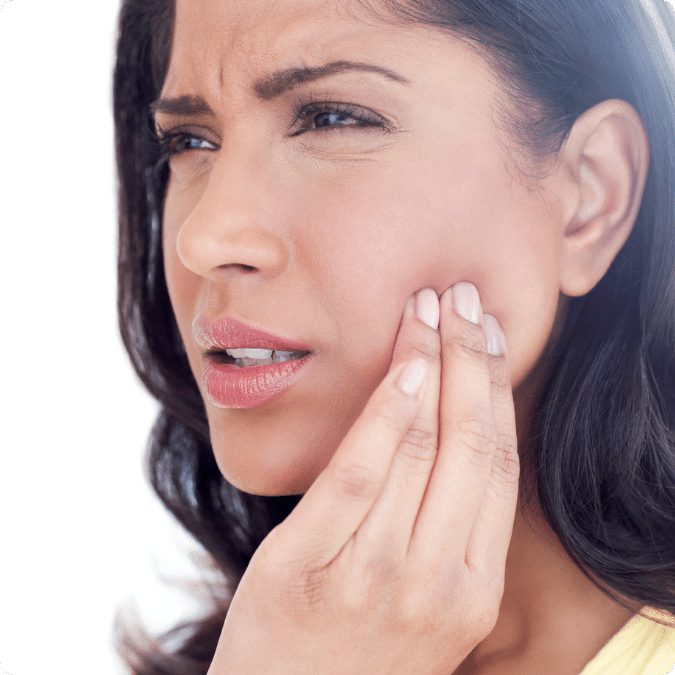
The good news is that TMJ disorders are treatable. Treatment plans often depend on the underlying cause, but they can range from conservative methods to more advanced interventions. Some common treatment options include:
1. Self-Care and Lifestyle Changes:
Ice/Heat Therapy: Applying ice packs or moist heat to the affected area can reduce inflammation and ease muscle tension.
Stress Management: Practicing relaxation techniques such as meditation or yoga can alleviate jaw tension caused by stress.
Jaw Exercises: Physical therapy exercises to strengthen the jaw and improve joint function.
2. Medications:
Over-the-Counter Pain Relievers: Ibuprofen, acetaminophen, or naproxen can help reduce pain and inflammation.
Muscle Relaxants: In some cases, muscle relaxants are prescribed to relieve tension in the jaw muscles.
Anti-Inflammatory Drugs: Prescription anti-inflammatory medications may be used to target severe inflammation.
3. Dental Treatments:
Mouth guards: Custom-fitted night guards or splints can reduce the effects of teeth grinding or clenching, which is a common cause of TMJ disorders.
4. Surgery:
Minimally invasive options like Arthro centesis or Joint lavage can help resolve symptoms or slow down disease progression.
Invasive procedures like joint surgery/ replacement are rarely indicated.
5. Botox Injections: Botox can be injected into the jaw muscles to reduce chronic pain caused by muscle tension or Bruxism.
When to See a Specialist

If you’re experiencing persistent jaw pain, headaches, or difficulty moving your jaw, it’s important to consult with a dentist or an oro facial pain specialist. Early diagnosis and treatment can prevent the condition from worsening and improve your quality of life.
In conclusion, while TMJ disorders can cause significant discomfort, they are treatable with the right approach. Whether through lifestyle changes, medical intervention, or dental care, relief is possible. If you suspect that you might have a TMJ disorder, don’t hesitate to seek professional guidance for a tailored treatment plan.


